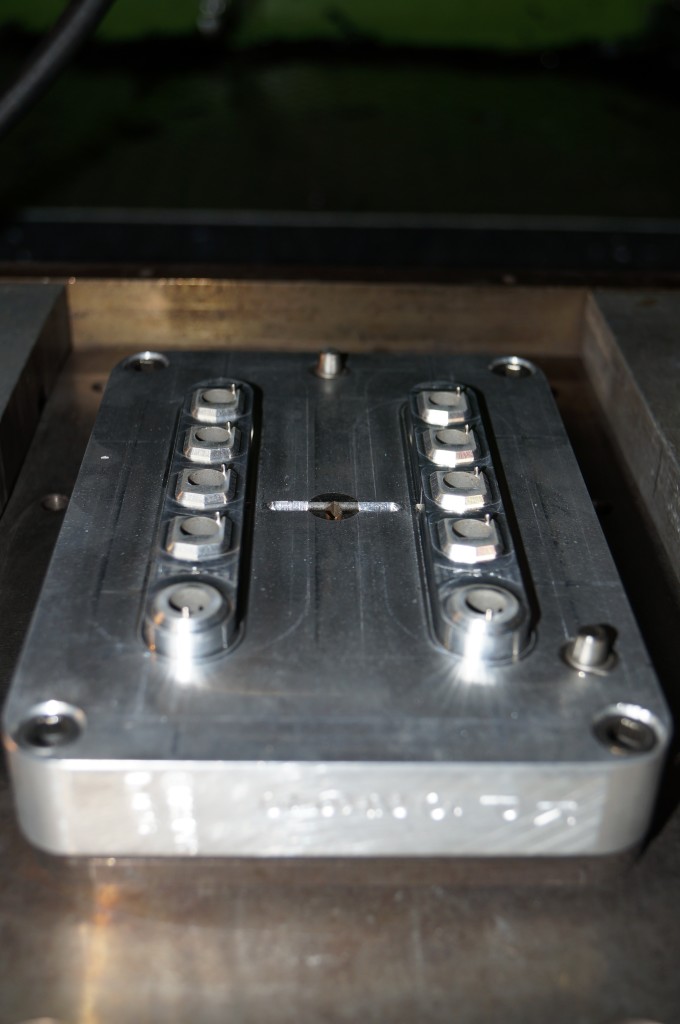Liquid silicone rubber molding is one of the best options for molding custom keypads, and components that have irregular shapes and sizes. During the initial setup of production of a silicone rubber keypad or component, there is one step that is the most important factor. That step is mold design. The mold design of a component or keypad typically has numerous factors to consider to ensure successful production. Some of these factors include: parting line location, materials, part shrink, runner size and location, and numerous other factors that can affect the outcome of the final product.
Silicone rubber products come in all shapes and sizes. Some of these products are designed to incorporate the attachment of other components with the use of undercuts. Undercuts incorporated into a component or keypad’s design can generally be difficult to mold correctly without a proper understanding. The design of the mold can eliminate most issues one may experience when molding an undercut product. If proper consideration is given to the design and process of how the part will be extracted from the mold, undercut issues can be removed entirely.
An important factor to consider is the actual shape, size, and location of the features in the mold. These features determine the shape and size of the final component. One of the factors is the parting line location, which is where the two mold halves meet. This feature of the mold is very important, not only to the customer for an aesthetically located parting line on the part, but to production as well. Production needs to be able to remove the part from the mold in a timely fashion, especially when multiple part cavities are involved. So this leaves a balance needed between the customer and production which must be taken into consideration when designing the mold. Another feature that is extremely important is the runner system. The runner system is what the silicone flows through to reach the part cavities. An improperly designed runner system can be extremely detrimental to the final parts size. It is always best, especially in the case of having multiple cavities to use a balanced runner system. This allows the silicone to flow evenly throughout the mold to each cavity, so that not one cavity has more pressure than the others.

Another feature of mold design that is important is part shrinkage. When liquid silicone rubber is injected into a hot mold it expands. When the part is removed from the mold and begins its cooling process, the part shrinks. This part shrink should be incorporated into the mold design, but calculating the exact part shrinkage can be tough. There are a few factors to consider when determining part shrinkage. They include, tool temperature, the pressure inside the cavity, and the thickness of the part itself. For example, thinner parts tend to shrink more than thicker parts. These factors are very important when determining the shrink percentage to incorporate in your mold design.
These are only some of the many factors that should be taken into consideration when designing a mold. Our engineering department here at SiTECH has an extensive knowledge when it comes to mold design, so give us a call today to discuss your silicone molded keypad or component. You can speak with one of our engineers, or sales department by calling: 757-887-8488 or using our contact form to request a quote today.








